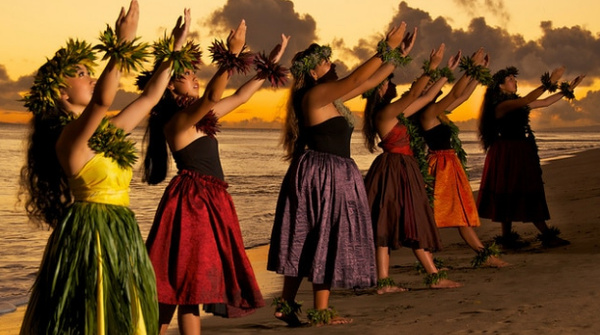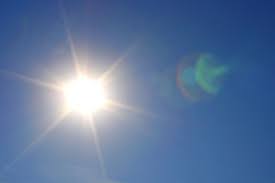We must admit, we love a bargain! Following trends can be fun and being able to get more for your money is hard to resist.
With recent news that 100 billion new garments are produced each year and H&M reporting $4.3 billion of unsold clothes, we are only beginning to realize how this industry is impacting our planet. The popularity in fast fashion has made it one of the most polluting industries in the world.
While fast fashion brands are responsible, vloggers (video bloggers) have fuelled this trend in cut price clothing over the last decade by posting videos of shopping expeditions at fast fashion retailers where they may purchase over 20 items of clothing in one session. This is perceived and marketed as great value for money but the popularity of cheap, fast fashion has had devastating impact on the environment. Consumers need to start questioning what is the real cost of those $5 shirts.
A recently released BBC documentary, Fashions Dirty Little Secret, highlights the shocking environmental damage. The Aral Sea was used to irrigate Uzbekistan’s cotton fields and was polluted with toxins, killing sea life. Once the 4th largest lake in the world, there is nothing left but a puddle. In Indonesia people are using water that has been polluted with toxic chemicals to cook, wash and clean. The clothing industry contributes to 10% of global carbon emissions, producing 21 billions tons of waste.

The Aral Sea, 2000 The Aral Sea, 2014
Is it possible to slow down the fast fashion trend? Can the big brands and investors change their business models? Brands are beginning to become more environmentally conscious but when people are used to a constant supply of new collections can they be happy with just one or two collections a year?
Customers are beginning to realise the environmental impact of their shopping habits but buying slow may end up costing consumers more as brands, producing fewer collections a year, will not be able to develop economies of scale or reduce operating costs.
Some fast fashion retailers, such as H&M and American Eagle Outfitters have introduced a take-back recycling program where customers can bring in their old textile products for recycling. The used clothing may be recycled in many ways such as: going to developing countries for distribution, repurposed as cleaning cloths or insulation, or taken to second hand stores for re-sale.
In order to see significant change amongst fast fashion retailers, a change in consumer mindset is required. The sooner people change their way of thinking about fast fashion the sooner we will see their buying habits shift towards a 'less is more' ideology. Instead of the younger generation taking pride in the excessive amount of clothing they can purchase in one day/month/year and wearing something new each time they go out, they should take pride in buying fewer items in styles that can be worn for years. If vloggers and influencers can make it cool to wear sustainable fashion and uncool to wear disposable fashion we might see a real change in mindset and purchasing patterns and then brands will respond. As designer Vivienne Westwood stated “It’s about quality, not quantity, not landfill”.




